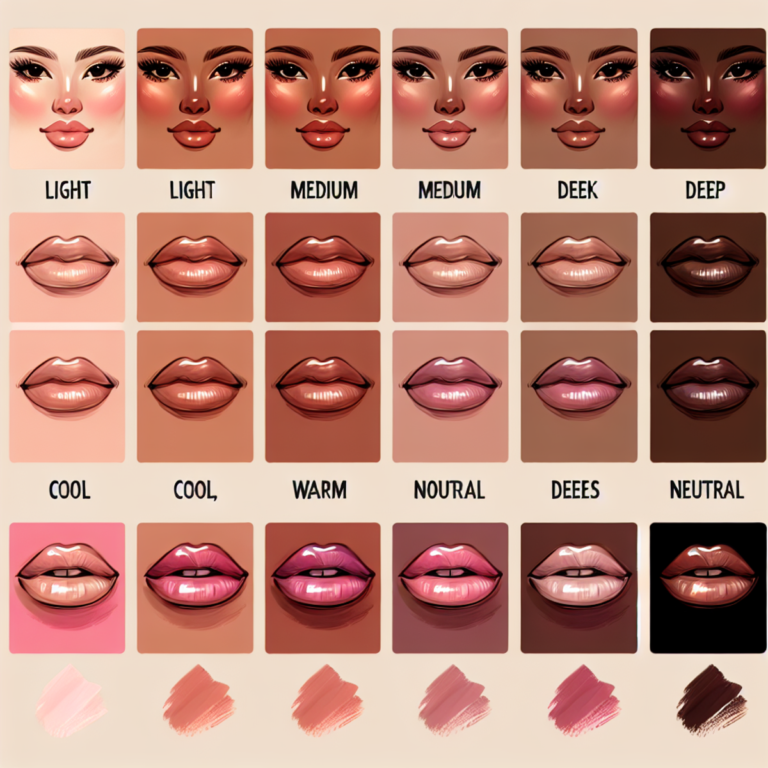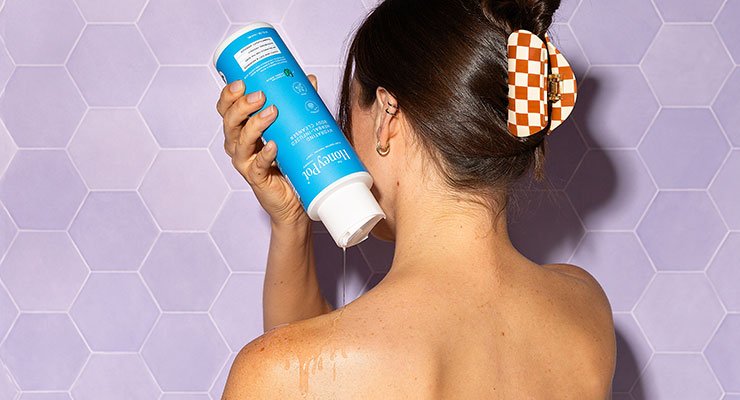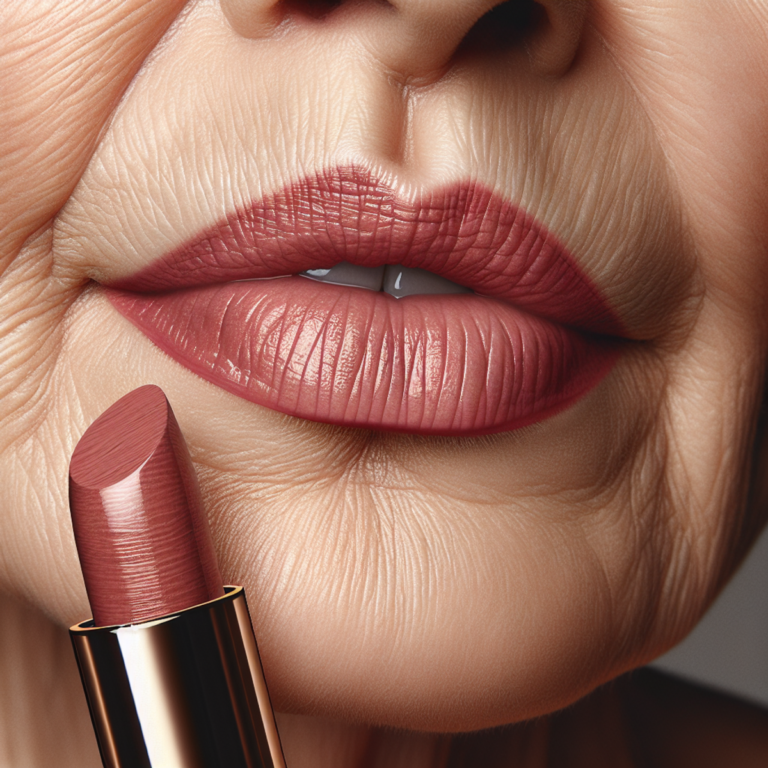The Complete Guide to Facial Fillers

Introduction
Facial fillers have become a popular non-surgical treatment option for addressing concerns about wrinkles. These injectable treatments offer a way to restore volume, smooth out lines and creases, and achieve a more youthful appearance without the need for surgery. In this guide, we will provide a comprehensive overview of facial fillers, including how they work, the different types available, potential side effects, and important safety considerations.
Facial fillers work by injecting substances into specific areas of the face to fill in wrinkles, add volume, and enhance contours. They are commonly used to target areas such as the forehead, temples, cheeks, lips, nasolabial folds, marionette lines, chin, and jawline. The results are temporary and require touch-up treatments over time for maintenance purposes.
The key takeaway from this guide is that by the end of it, you’ll have all the information you need to make an informed decision about whether facial fillers are right for you. We will explore:
- The various types of facial fillers available in the market
- How each type works
- Specific applications for each type
- Potential side effects and risks associated with these treatments
So let’s dive in and explore everything you need to know about facial fillers!
Understanding Facial Fillers
Facial fillers have become a popular non-surgical treatment option for addressing concerns about wrinkles and achieving a more youthful appearance. At medical facilities like the Mayo Clinic, these fillers are used to provide temporary results by injecting fillers into targeted areas of the face, such as the forehead, temples, cheeks, lips, nasolabial folds, marionette lines, chin, and jawline.
How Facial Fillers Work
The mechanism of action for facial fillers involves injecting substances into the skin to fill in wrinkles, fine lines, and hollow areas. These substances can include hyaluronic acid, collagen-stimulating compounds, or synthetic materials. They work by adding volume to the treated areas and stimulating the body’s natural collagen production process.
The Temporary Nature of Results
It’s important to understand that the effects of facial fillers are not permanent. Over time, the body gradually breaks down the injected substances, leading to a decrease in volume and a return to the pre-treatment state. As a result, touch-up treatments are often required to maintain the desired results.
Different Areas of the Face That Can be Treated with Fillers
Facial fillers offer versatility in addressing various concerns across different areas of the face:
- Forehead: Fillers can smooth out horizontal lines and creases on the forehead.
- Cheeks: They can restore lost volume and enhance cheek contours.
- Lips: Fillers can plump the lips and define the lip border.
- Nasolabial Folds and Marionette Lines: These fillers can soften deep lines around the mouth and chin.
- Chin and Jawline: Fillers can improve jawline definition and treat chin wrinkles.
By targeting specific areas, different types of fillers can address various signs of aging and facial asymmetry. This versatile approach allows individuals to customize their treatment based on their unique aesthetic goals.
Understanding how facial fillers work and their temporary nature is essential for making an informed decision about whether they are suitable for your cosmetic needs.
Types of Facial Fillers
In this section, we will explore the different types of facial fillers available and their unique characteristics. Facial fillers can be categorized based on their composition and mechanism of action. Let’s take a closer look at each type:
1. Hyaluronic Acid-based Fillers
Hyaluronic acid-based fillers are the most common and versatile type of facial filler. Hyaluronic acid (HA) is a naturally occurring substance in the body that helps hydrate and plump the skin. These fillers are known for their safety profile and ability to deliver natural-looking results.
Popular brands like Juvederm and Restylane fall under this category. These fillers come in various formulations, each designed to target specific areas of concern on the face. For example:
- Juvederm Voluma is specifically formulated to restore volume in the cheeks and mid-face region.
- Restylane Lyft is ideal for enhancing cheek contours and addressing moderate to severe facial wrinkles.
- Juvederm Volbella can be used to add subtle volume to the lips and soften vertical lip lines.
Hyaluronic acid-based fillers offer several advantages:
- Versatility: They can be used to address a wide range of concerns, including fine lines, wrinkles, volume loss, and facial asymmetry.
- Safety: HA fillers have an excellent safety profile due to their biocompatibility with the body’s own hyaluronic acid.
- Reversibility: One of the key benefits of HA fillers is that they can be partially or completely reversed using an enzyme called hyaluronidase if desired.
2. Collagen-Stimulating Fillers
Collagen-stimulating fillers work by stimulating the body’s natural collagen production process. These fillers offer gradual improvement over time as new collagen is formed.
Sculptra is a popular collagen-stimulating filler that contains poly-L-lactic acid (PLLA). This biocompatible and biodegradable substance helps to restore lost volume and improve skin texture. Sculptra is typically used to address deep wrinkles, nasolabial folds, and sunken cheeks.
The treatment process with collagen-stimulating fillers involves multiple sessions spaced several weeks apart. While the results may take longer to become apparent compared to other fillers, they tend to last longer, often up to two years or more.
3. Synthetic Fillers
Synthetic fillers are composed of substances that are not naturally found in the body. One example of a synthetic filler is Bellafill, which contains polymethylmethacrylate (PMMA) microspheres suspended in a collagen gel.
Bellafill offers both immediate and ongoing benefits. The PMMA microspheres provide instant volume to the treated area, while the collagen gel stimulates the body’s natural collagen production for long-lasting results. Bellafill is commonly used for treating smile lines (nasolabial folds) and acne scars.
It’s important to note that synthetic fillers are considered permanent or long-lasting. While
2. Collagen-Stimulating Fillers
In this section, we will categorize facial fillers into different types based on their composition and mode of operation. This classification will help in understanding the unique characteristics and uses of each type of filler.
Key Takeaway: Understanding the different types of facial fillers available can assist you in choosing the most suitable option for your desired outcome, together with the guidance of your healthcare provider.
Collagen-stimulating fillers, such as Sculptra, differ from traditional hyaluronic acid-based fillers in their mechanism of action. Rather than directly filling in wrinkles or volume loss, collagen-stimulating fillers work by inducing the body’s natural collagen production process. This unique approach offers gradual results over time.
Induction of collagen production with Sculptra
Sculptra is an FDA-approved collagen-stimulating filler that contains poly-L-lactic acid (PLLA). When injected into the skin, Sculptra stimulates the production of collagen, a protein that provides structure and support to the skin. As we age, our natural collagen production decreases, leading to sagging skin and volume loss. Sculptra helps address this by promoting collagen synthesis, resulting in improved skin texture and firmness.
Treatment timeline and expected outcomes
It’s important to note that the results with collagen-stimulating fillers are not immediate. Unlike hyaluronic acid-based fillers that provide instant volume enhancement, Sculptra requires a series of treatments over several months to achieve optimal results. Typically, three to four treatment sessions spaced about four to six weeks apart are recommended.
The gradual nature of the treatment allows for a more subtle and natural-looking improvement in facial contours. It also provides longer-lasting results compared to hyaluronic acid-based fillers, with effects lasting up to two years or more.
During the treatment period, it’s common to experience some swelling or mild bruising at the injection sites. These temporary side effects typically resolve within a few days. It’s important to follow your healthcare provider’s post-treatment care instructions and maintain a consistent treatment schedule to achieve the desired outcome.
Benefits of collagen-stimulating fillers
Collagen-stimulating fillers like Sculptra are particularly beneficial for individuals seeking overall facial rejuvenation, including improved skin texture and volume restoration. They can effectively address areas of volume loss, such as:
- Cheeks
- Temples
- Jawline
These fillers can help restore a youthful appearance by replenishing lost volume in these key areas.
In conclusion
Collagen-stimulating fillers offer a unique approach to facial rejuvenation by stimulating the body’s natural collagen production process. While the results are not immediate, they provide gradual improvement in skin texture and firmness over time. If you’re looking for long-lasting results and overall facial rejuvenation, collagen-stimulating fillers like Sculptra may be a suitable option for you. However, it’s crucial to consult with a qualified healthcare provider who can assess your specific needs and guide you in choosing the most appropriate treatment option.
3. Synthetic Fillers
In this section, we will categorize facial fillers into different types based on their composition and mode of operation. This classification will help in understanding the unique characteristics and uses of each type of filler. Understanding the different types of facial fillers available can assist you in choosing the most suitable option for your desired outcome, together with the guidance of your healthcare provider.
Understanding Synthetic Fillers
Synthetic fillers are made up of man-made substances rather than naturally occurring compounds like hyaluronic acid or collagen. One example of a synthetic filler is Bellafill, which contains polymethylmethacrylate (PMMA) microspheres suspended in a collagen gel. The PMMA microspheres provide a longer-lasting effect by stimulating the production of collagen around them. If you’re interested in the background science behind these polymethylmethacrylate fillers, this academic article provides further insights.
Longevity and considerations of synthetic fillers
One advantage of synthetic fillers is their longevity compared to other types of fillers. While hyaluronic acid-based fillers typically last between 6 to 18 months, synthetic fillers like Bellafill can provide results for several years, as mentioned in this study. This can be appealing for individuals who prefer a more long-term solution for their aesthetic concerns.
However, it’s important to consider that the long-lasting nature of synthetic fillers also means that any potential side effects or complications may persist for a longer duration. Before opting for a synthetic filler, it is crucial to discuss your medical history and any pre-existing conditions with your healthcare provider to ensure its suitability and minimize the risk of adverse reactions.
PMMA fillers like Bellafill as an example
Bellafill is one example of a PMMA filler that has gained popularity in recent years. It is FDA-approved for the correction of nasolabial folds, also known as smile lines, as highlighted in this academic journal. The treatment involves injecting the PMMA microspheres into the skin, which immediately adds volume and fills in wrinkles. Over time, the body’s natural collagen production is stimulated around the microspheres, providing ongoing improvement in the appearance of wrinkles and folds.
It is important to note that synthetic fillers like Bellafill should only be administered by qualified healthcare professionals who have received specific training in their use. This ensures that the treatment is performed safely and effectively, minimizing the risk of complications.
In summary, synthetic fillers offer a long-lasting solution for individuals seeking to address facial volume loss and reduce the appearance of wrinkles. Bellafill, a PMMA filler, is an example of a synthetic filler that provides both immediate and ongoing benefits. However, it is essential to consult with a qualified healthcare provider to determine if synthetic fillers are suitable for your specific needs and to discuss any potential risks or considerations associated with these types of fillers.
Potential Side Effects and Risks
Facial fillers are considered a safe non-surgical option for addressing various cosmetic concerns, but it’s important to be aware of the potential side effects and risks that can accompany these procedures. Understanding these factors can help individuals make informed decisions and minimize any negative outcomes associated with facial filler treatments.
Common Injection-Related Reactions:
- Redness: It is common to experience mild redness at the injection site immediately after the procedure. This typically subsides within a few hours to a couple of days.
- Swelling: Similar to redness, swelling at the treated area is normal and should resolve within a few days. Applying cold compresses can help alleviate swelling.
- Bruising: Bruising may occur due to minor trauma from the injection process. This is temporary but can last for several days.
Rare but Serious Risks:
- Infection: Although rare, there is a risk of infection at the injection site. Proper post-treatment care is crucial in minimizing this risk.
- Allergic Reaction: Some individuals may experience an allergic reaction to the filler substance used. It’s important to discuss any known allergies with the healthcare provider beforehand.
- Tissue Damage: In rare cases, improper injection techniques or filler migration can lead to tissue damage. This emphasizes the importance of seeking treatment from qualified and experienced professionals who prioritize safety protocols.
By understanding both the common and rare risks associated with facial fillers, individuals can approach their treatment with realistic expectations and confidence in their decision-making process.
It’s essential for individuals considering facial fillers to have open and thorough discussions with their healthcare providers regarding any concerns or questions about potential side effects and risks tied to these procedures. This proactive approach contributes to a positive treatment experience and helps in achieving desired aesthetic outcomes while minimizing any associated complications.
Always remember that individual responses to facial fillers can vary, so being well-informed about potential side effects and risks forms an integral part of the overall decision-making process when considering these treatments. For those interested in exploring non-surgical options beyond facial fillers, procedures like Botox could also be worth considering as they offer their own set of benefits and risks.
Ensuring Safety: Choosing a Qualified Provider and Other Precautions
To minimize the chances of experiencing adverse events from facial filler treatments, it is important to seek out a qualified and experienced provider who follows proper injection techniques and maintains high standards of patient care. We will provide guidance on how to select such a provider and also discuss other safety precautions recommended by regulatory authorities like the FDA.
Selecting a Qualified Provider
When choosing a healthcare professional for your facial filler treatment, consider the following factors to ensure safety and optimal results:
- Credentials and Experience: Look for providers who are board-certified in dermatology or plastic surgery with specific training in facial aesthetics. Additionally, inquire about their experience with the specific type of filler you are considering.
- Patient Reviews and Before/After Photos: Assess the provider’s reputation by reading patient reviews and examining before-and-after photos of previous clients. This can give you insight into their skill and the quality of their work.
- In-depth Consultation: A reputable provider should conduct a thorough consultation, discussing your goals, medical history, potential risks, and expected outcomes. They should also be willing to address any questions or concerns you may have.
- Facility Standards: Ensure that the clinic or practice where the procedure will be performed meets high standards of cleanliness, safety protocols, and state-of-the-art equipment.
Regulatory Oversight and Safety Precautions
In addition to selecting a qualified provider, it is essential to consider the regulatory aspects and safety precautions associated with facial fillers:
- FDA Regulation: Familiarize yourself with the FDA’s guidelines for dermal fillers. The FDA provides resources and recommendations for safe filler use, including information on approved products, potential risks, and consumer tips.
- Quality of Fillers: Verify that the filler being used is FDA-approved. Avoid unregulated or counterfeit products that may pose unknown risks to your health.
- Pre-Treatment Precautions: Follow any pre-treatment instructions provided by your healthcare provider, which may include avoiding blood-thinning medications to minimize the risk of bruising and bleeding during the procedure.
The expertise of the healthcare professional administering your filler treatment plays a critical role in ensuring both safety and aesthetic success. By prioritizing provider selection based on qualifications, experience, and patient-centered care, as well as adhering to regulatory guidelines, you can enhance the safety and effectiveness of your facial filler experience.
Conclusion
Facial fillers can be valuable tools in the non-surgical rejuvenation of the face, offering temporary but noticeable improvements in volume and smoothness. However, it is essential to approach these treatments with caution and a thorough understanding of what they entail. By arming yourself with the knowledge provided in this comprehensive guide, you are empowered to make informed decisions that align with your aesthetic goals and overall well-being.
- Remember: It’s always best to consult with a qualified healthcare professional for personalized advice regarding facial fillers.









